Understanding of Disease
- 3000–1500 BC mummies: Tapeworms were recognized in Egyptian mummies At the time many considered pork as impure and its consumption was prohibited in some communities (14).
- 100–44 BC Julius Caesar: Julius Caesar’s epileptic crises have been considered by some authors to be related to NCC (15,16).
- 1558 first autopsy report: Rumler described liquid-filled vesicles adherent to the meninges in the autopsy of an epileptic patient (17).
- 1697 description of scolex: Malpighi described the scolex of T. solium inside a cyst. At the time it was believed that cysticerci constituted a separate parasitic species, Cysticercus cellulosae (17).
- 1792 description of simultaneous larva and adult parasite infestation: Unanue first described the simultaneous occurrence of taeniasis and cysticercosis (17).
- 1855 relationship of larvae and T. solium: Küchenmeister provided experimental evidence that, after ingestion, C. cellulosae became T. solium within the human intestines (17).
- 1993 NCC was declared an eradicable disease: The International Task Force for Diseases Eradication asserted NCC could be eradicated (18).
- 2010 cysticercosis targeted by WHO: WHO added cysticercosis to the list of major neglected tropical diseases in 2010 (67). In doing so, it created roadmap goals of making available a validated strategy for control and elimination of T. solium taeniasis/cysticercosis and for those interventions to be scaled up in selected countries by 2020.
Technological Development
- 1979-1980 introduction of antiparasitic drug: First praziquantel and later albendazole appeared for use against NCC (19).
Surgical Technique
- 1984 first use of ventricular endoscopy: The removal of intraventricular cysts with an endoscope was first described in 1984 (20).
Please create a free account or log in to read 'History for Management of Neurocysticercosis in Children'
Registration is free, quick and easy. Register and complete your profile and get access to the following:
- Full unrestricted access to The ISPN Guide
- Download pages as PDFs for offline viewing
- Create and manage page bookmarks
- Access to new and improved on-page references

